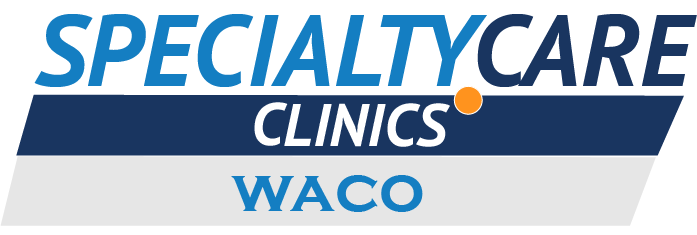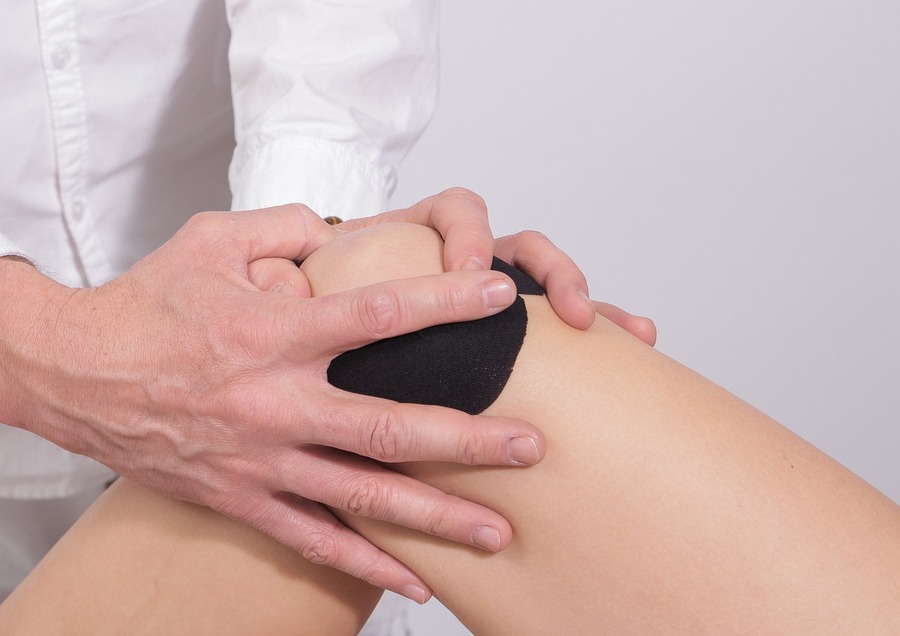Auto accidents, even seemingly minor ones, can lead to a cascade of painful injuries. From whiplash and muscle strains to fractures and nerve damage, the aftermath of a collision can be debilitating. Pain medicine offers a crucial lifeline, providing relief and enabling individuals to engage in necessary rehabilitation.
Understanding Pain After an Auto Injury
Pain after an auto injury can be categorized into several types:
- Acute Pain: This is immediate, sharp pain that occurs at the time of injury. It serves as a warning signal, indicating tissue damage.
- Subacute Pain: This pain persists beyond the initial injury phase, typically lasting several weeks.
- Chronic Pain: This pain persists for more than three months, often becoming a long-term condition that requires ongoing management.
- Neuropathic Pain: This pain arises from damage to the nervous system, often described as burning, tingling, or shooting pain.
Understanding the type and source of pain is crucial for developing an effective pain management plan.
Pain Management Strategies for Auto Injuries
A comprehensive approach to pain management after an auto injury typically involves a combination of strategies:
Pharmacological Interventions:
- Over-the-Counter Pain Relievers: Nonsteroidal anti-inflammatory drugs (NSAIDs) like ibuprofen or naproxen can reduce pain and inflammation. Acetaminophen can also provide pain relief.
- Prescription Medications: In cases of more severe pain, physicians may prescribe stronger pain relievers, such as opioids, muscle relaxants, or nerve pain medications.
- Topical Pain Relievers: Creams or gels containing menthol or capsaicin can provide localized pain relief.
Interventional Procedures:
- Epidural Steroid Injections: These injections deliver corticosteroids directly into the epidural space surrounding the spinal cord, reducing inflammation and pain.
- Nerve Blocks: These injections target specific nerves, blocking pain signals and providing relief.
- Radiofrequency Ablation: This procedure uses heat to disable nerves transmitting pain signals.
- Trigger Point Injections: These injections target specific muscle knots or trigger points, relieving muscle pain and tension.
Physical Therapy and Rehabilitation:
- Physical therapy plays a crucial role in managing pain and restoring function.
- Techniques such as manual therapy, therapeutic exercises, and modalities like ultrasound or electrical stimulation can reduce pain and improve mobility.
Alternative Therapies:
- Acupuncture, massage therapy, and chiropractic care can provide complementary pain relief.
- Mindfulness and meditation techniques can help manage chronic pain and reduce stress.
Considerations for Pain Medicine
- Individualized Treatment: Pain management plans should be tailored to the individual’s specific injuries, pain levels, and medical history.
- Risk-Benefit Assessment: The benefits of pain medications should be weighed against potential risks, such as side effects or dependence.
- Monitoring and Follow-Up: Regular monitoring and follow-up appointments are essential to assess the effectiveness of treatment and adjust the plan as needed.
- Non-Pharmacological Approaches: Emphasizing non-pharmacological approaches, such as physical therapy and alternative therapies, can minimize reliance on medications.
FAQs
1. How long will I need pain medication after an auto injury?
The duration of pain medication use varies depending on the severity of the injuries and the individual’s response to treatment.
2. Are opioids safe for long-term pain management?
Opioids can be effective for short-term pain relief, but long-term use carries risks of dependence and side effects.
3. Can physical therapy help with chronic pain?
Yes, physical therapy can be highly effective in managing chronic pain by improving strength, flexibility, and function.
4. What are the side effects of pain medications?
Side effects vary depending on the medication, but common side effects include nausea, constipation, drowsiness, and dizziness.
5. How can I manage pain without medication?
Techniques such as heat or cold therapy, relaxation exercises, and mindfulness can help manage pain without medication.
Conclusion
Pain medicine plays a crucial role in the recovery process after an auto injury. By utilizing a comprehensive and multidisciplinary approach, individuals can effectively manage pain, improve their quality of life, and focus on healing and rehabilitation. It is essential to work closely with healthcare professionals to develop a personalized pain management plan that addresses individual needs and minimizes potential risks.
Walk-in to our clinic for auto injury pain medicine (254) 308-7868 or visit us https://sccwaco.com/

